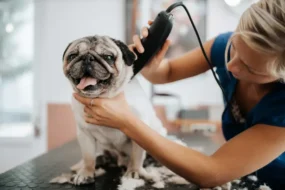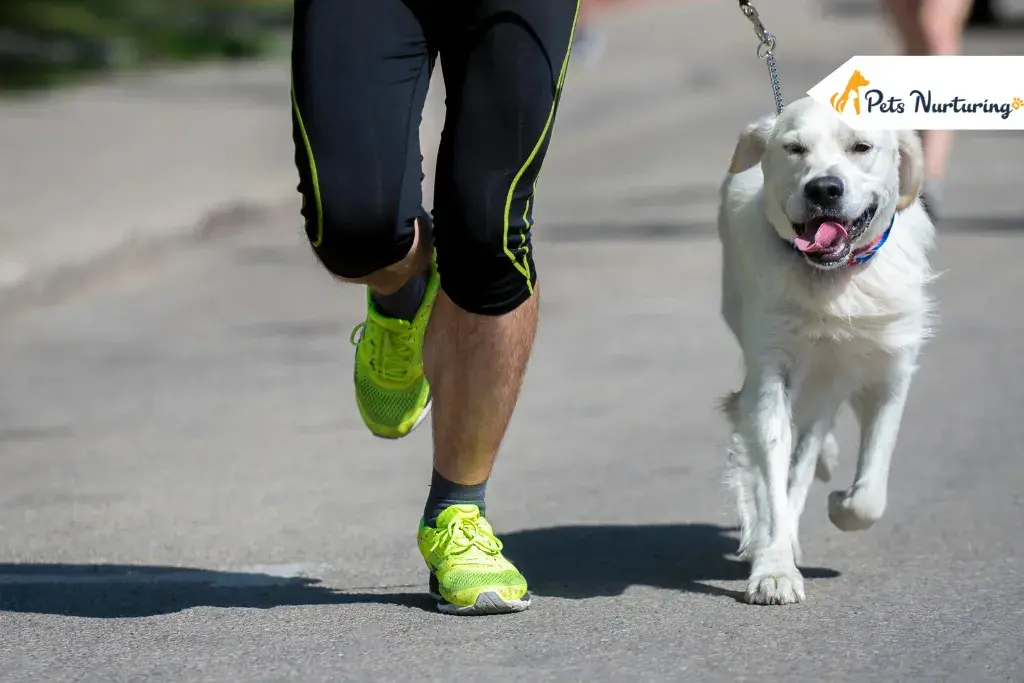
One of the most effective ways to get your dog some exercise is to go for a run with them. Running with your dog has a number of advantages, including the fact that it can serve as a form of exercise for the dog, that the dog can serve as a source of incentive for you to run, and that running with the dog can foster companionship between the two of you.
When you exercise with a partner, you increase the likelihood that you will stick to the training schedule that you have created for yourself. However, before you go for a run with your dog, there are a few things you need to think about first.
Continue reading if you are interested in learning the six guidelines that will help you in running with your dog in the way that is safest and most effective for you both.
1. Know Your Dog
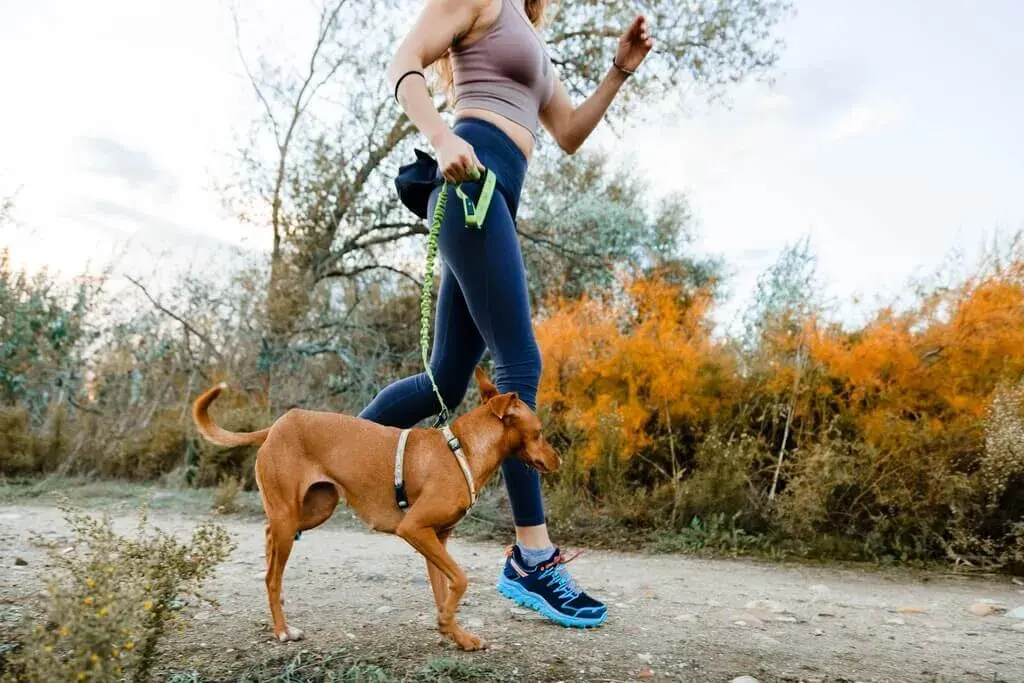
There are a number of dog breeds that do not enjoy running, and even among those that do, not all of them desire to run over very long distances. The first thing you need to figure out about the dog breeds is whether or not it enjoys going for runs. Does your dog have any health problems? Is your dog of an appropriate age? Taking all of this into consideration, before going on a run with your dog is the right thing to do.
If you are unable to identify any of these symptoms, your first step should be to see a vet. It is an excellent counsel for your dog. Because dogs do not express discomfort in the same way that we do, it is possible that they are struggling with a health problem that you are not aware of.
Be sure to let your vet know that you want to engage in physical activity with your dog so that he or she can pay special attention to your dog’s cardiovascular system, respiratory system, and musculoskeletal system.
Although many dog breeds, including Labradoodles, White Huskies, and Greyhounds, are able to run for lengthy periods of time, some dog breeds are more suited to the activity than others. Because of their size, boundless energy, and prowess in the field, Labradors, Golden Retrievers, and Boxers make for fantastic training partners for runners.
If you are unsure whether or not your dog was bred to run, you should seek the advice of your veterinarian.
2. Start Little
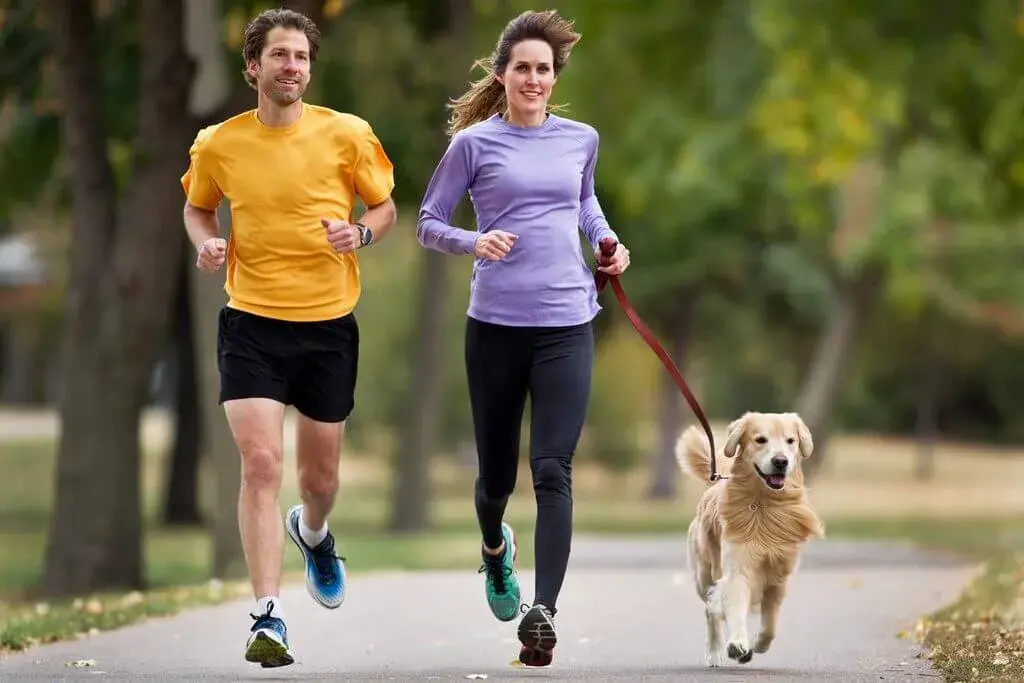
Before beginning to run with your dog, it is better that you first train them and teach them proper leash manners. When you take your dog for a walk on a leash, you should take precautions to ensure that he does not pull you down the street or cause other people to trip.
If you want to keep control of your dog while you run, you should use a leash that is no longer than six feet long. Maintain a steady pace and do not stop to let your dog sniff around at any shrubs or flowers while you are out on a stroll.
You can train your dogs not to smell the flowers, which is not to say that they should never be permitted to do so under any circumstance, but you can teach them not to. If they are informed that the behavior in question is prohibited, they will proceed to follow you.
3. Running Route
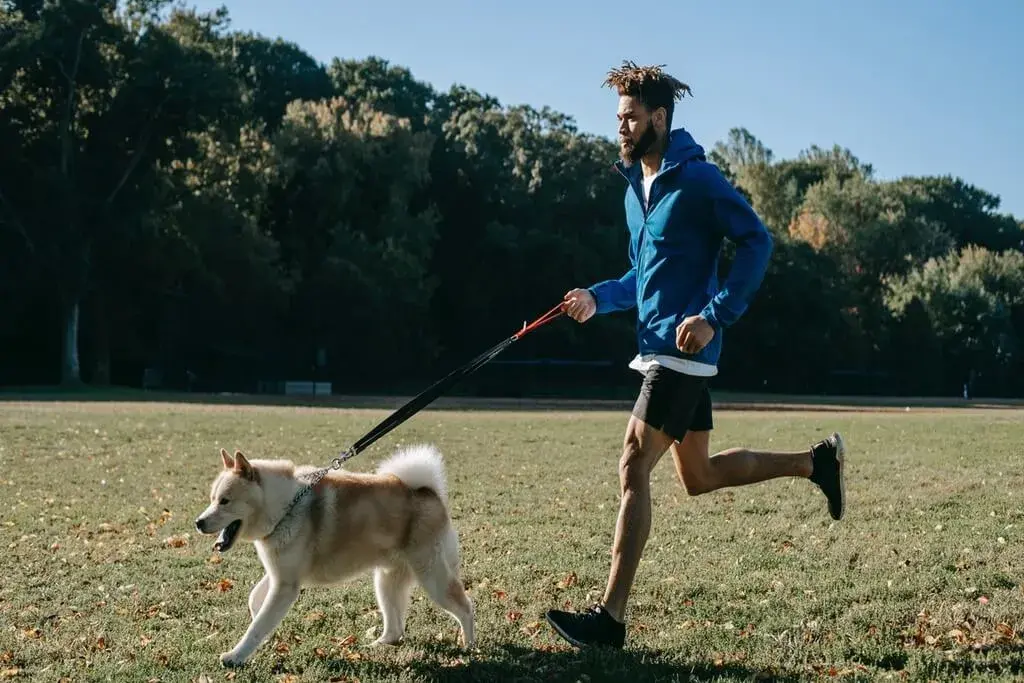
Ideal training grounds include the soil of forests and meadows, as well as sand (which, incidentally, is beneficial to the training of both humans and dogs). The pads of a dog’s paws are extremely delicate and can experience discomfort if they are placed on hot asphalt during the summer.
4. Stay Hydrated

Make sure that your drinks water both before and after or even during your workout. It is a good idea to bring some water with you if you intend to run for a significant distance. When your dog is feeling worn out, it may hunt for water in puddles to quench its thirst. Make sure you don’t let your dog drink from that source of water because it has a lot of chemicals and other impurities that can make your dog sick.
5. Take a Break

While you’re out for a run with your dog, make sure to stop several times so it can catch its breath, smell around, and drink some water. If you have the opportunity, you may put a huge smile on your dog’s face by allowing it to run free for a little while.
Immediately stop what you’re doing and take a longer break if you observe any of the following indicators of exhaustion: Your dog does not want to run, has heavy, rapid panting of your dog, extremely pulled-back lips, a dark red tongue, or excessive drooling. All these signs signify that something is wrong.
6. Always Keep a Firm Grip on the Leash

A leash on your dog will not only keep you both under control, but it will also ensure that your pet keeps up with you. Steer clear of utilizing leashes that retract. They create an unnecessary gap between you and your workout companion and have the potential to tangle. A leather leash ranging from three to six feet in length should offer the appropriate amount of distance.
Other Suggestions to Make Your Runs More Enjoyable and Safe:
Now that it’s been taught and conditioned, your dog is finally ready to be your jogging companion. Be mindful of the following, though, in order to keep them safe and ensure that they continue to enjoy running alongside you:
- You should walk your dog for several minutes after your run to help cool them down, and you should also walk them before you start your run so that it can warm up.
- Always keep an eye on the current weather. Dogs are unable to tolerate high temperatures and high levels of humidity as well as people can.
- Make sure to give your dog plenty of opportunities to relax, relieve themselves, and take in their environment during the course of the day.
- Your pet should only be allowed to run free without a leash in areas that are secure and authorized, and only if they can be reliably recalled despite the presence of distractions.
- Keep a close eye out for indications that your dog has reached their limit, such as excessive panting or falling behind you. Even if they don’t want to, some dogs will continue to run after their masters in the hopes of earning praise.
Discover more:









